The claim was published on Wednesday by Korea IT News, which said Apple's sixth-generation iPhone will be made of zirconium, titanium, nickel, copper "and so forth." It also said it will have a "surface smooth like liquid."
Though the report includes references to a general "liquid metal," the proper noun Liquidmetal refers to an amorphous metal that Apple purchased the exclusive rights to use in 2010. The company behind the material, Liquidmetal Technologies, revealed in March that it was paid $20 million by Apple in that deal.
Casting some doubt on Wednesday's report out of Korea, it goes on to say that the new iPhone is expected to debut at Apple's Worldwide Developers Conference in San Francisco in June. Last year, Apple opted to hold off on unveiling the iPhone 4S until well after WWDC, and launched its fifth-generation handset in October.
This year, most rumors have suggested that Apple plans to hold to a similar timeframe for the launch of a sixth-generation iPhone. It has been rumored that Apple will unveil its next handset in the months of September or October.
While the WWDC launch reported by Korea IT News is questionable, claims of a metal back for the next iPhone are not new. As far back as last year, there were indications that Apple was working on an all-new iPhone design with a metal back akin to the iPad.
As for the potential use of Liquidmetal, the company that owns the material announced in March that it had begun shipping commercial parts to "several" unnamed customers. Apple's Liquidmetal gives it the right to exclusively use the material in electronic products, though it is free to be used in other industries like defense contractors, sports equipment manufacturers and medical suppliers.
The first product Apple created out of Liquidmetal's material was an iPhone SIM card ejector tool, but since then there has been no indication that any other products have been crafted from the Liquidmetal alloy.
 AppleInsider Staff
AppleInsider Staff

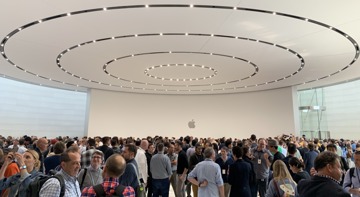
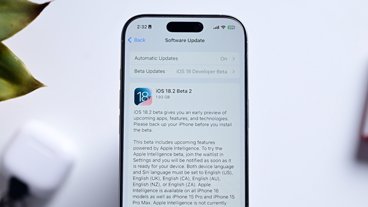








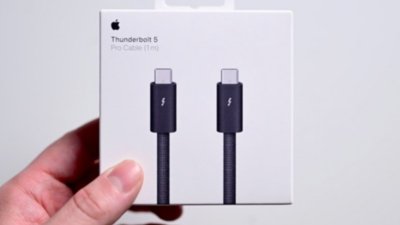
 Andrew O'Hara
Andrew O'Hara
 William Gallagher
William Gallagher

 Christine McKee
Christine McKee
 Andrew Orr
Andrew Orr
 Charles Martin
Charles Martin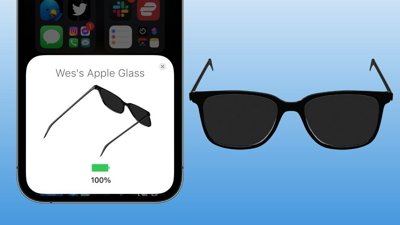
 Marko Zivkovic
Marko Zivkovic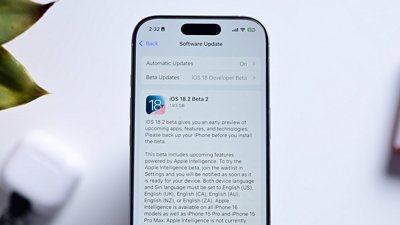


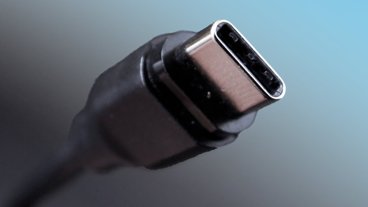

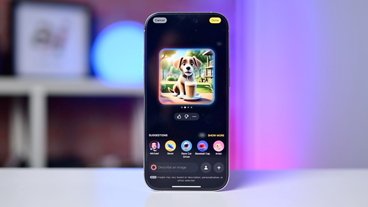



106 Comments
Mods?
This is pretty expensive stuff. I suppose it could be used for the back, but without seeing evidence otherwise, I wonder if this is transparent to the radio frequencies needed. If not, then the phone would need a plastic window as the first phone model had, and as the 3G/LTE model iPads do.
Reardon Steel finally finds a market. They just don't lay that many miles of railroad tracks these days...
How will this material improve our mobile devices? Why do we want our metals to retain more energy? What design implications does this have?
(My apologies if all these things are explained in the video, but I am unable to watch it with sound.)